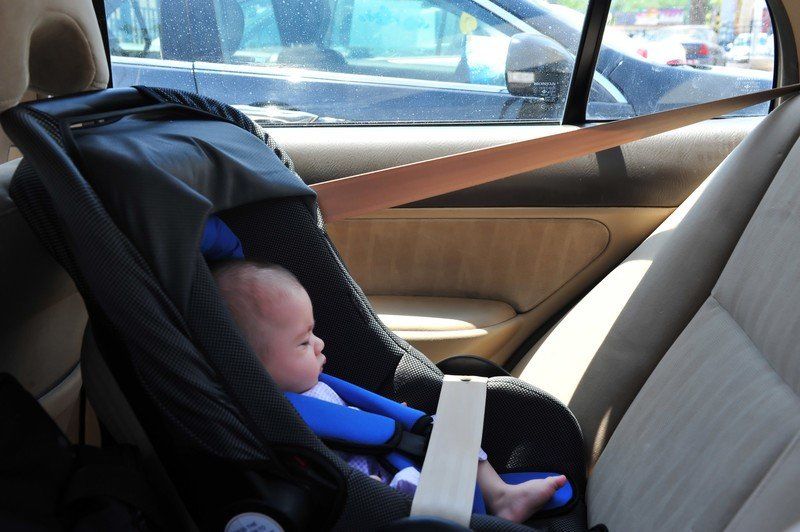BLOG
What You Need to Know About Nebraska Law Changes in 2019

Every day, law abiding citizens follow the laws of their state. In Nebraska, as in every other state in the nation, these laws are put into place to better protect and serve the citizens. For the most part, these laws go along unchanged, which creates little confusion in what the laws mean or who the affect. However, every so often some laws are changed that have a more significant impact on the average citizen. In 2019, we’ve seen several of them.
When we welcomed in 2019 more than half a calendar year ago, Nebraska also welcomed some new laws onto the books. Here’s a quick breakdown of what you need to know.
Nebraska’s Child Restraint Laws Take Center Stage
In an effort to better protect children who are involved in automobile accidents , Nebraska made changes to the Child Restraint Laws, which went into effect in the beginning of the year. The changes, while not huge, are significant and it’s important that parents of young and school aged children are aware of the changes and why the new laws were put into place.
The new law states that:
●Any child under the age of two needs to be in a rear facing child restraint seat while traveling in a vehicle. The child is required to stay rear facing until they reach the age of two, or reach the maximum rear facing height and weight limit on the seat as indicated by the manufacturer.
●The age that a child needs to remain in a federally approved car or booster seat increased from 6 to 8 years.
●Any child 8 years or younger is required to ride in the back seat of the vehicle. The only exception being if every back seat is already occupied by a child under the age of 8.
For some parents, these laws have been an adjustment but officials stand firm that they are intended to protect the youngest passengers. By keeping a child rear facing as long as possible, you reduce the chance of spine and neck injuries if they’re involved in a collision. Likewise, the backseat is the safest place for a child in the event of an automobile accident, so these laws are designed to optimize safety for children while traveling.
Additional Changes to Nebraska Laws in 2019
In addition to the new Child Restraint Laws, there were a few other laws that made it onto the books in Nebraska this year. One of these laws addresses transparency in how much hospitals charge for their services. The law states that hospitals in Nebraska are required to publicly list their standard charges for services on the internet. This law was in part designed to protect patients, especially those who are underinsured, from the price gouging that seems to be increasingly common in the medical industry.
If You Have Questions About Nebraska Laws, We Can Help
Laws can be confusing enough on their own without changes adding to their complexity. If you have questions about Nebraska’s laws, have been involved in an automobile accident, or have been charged with a crime, you can count on us to connect you with a defense attorney who can help. We specialize in criminal and personal injury law and are waiting to serve you. Contact the Fitch & Stahle Law Office to speak one on one with a criminal attorney today.


